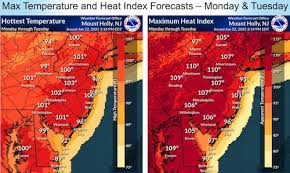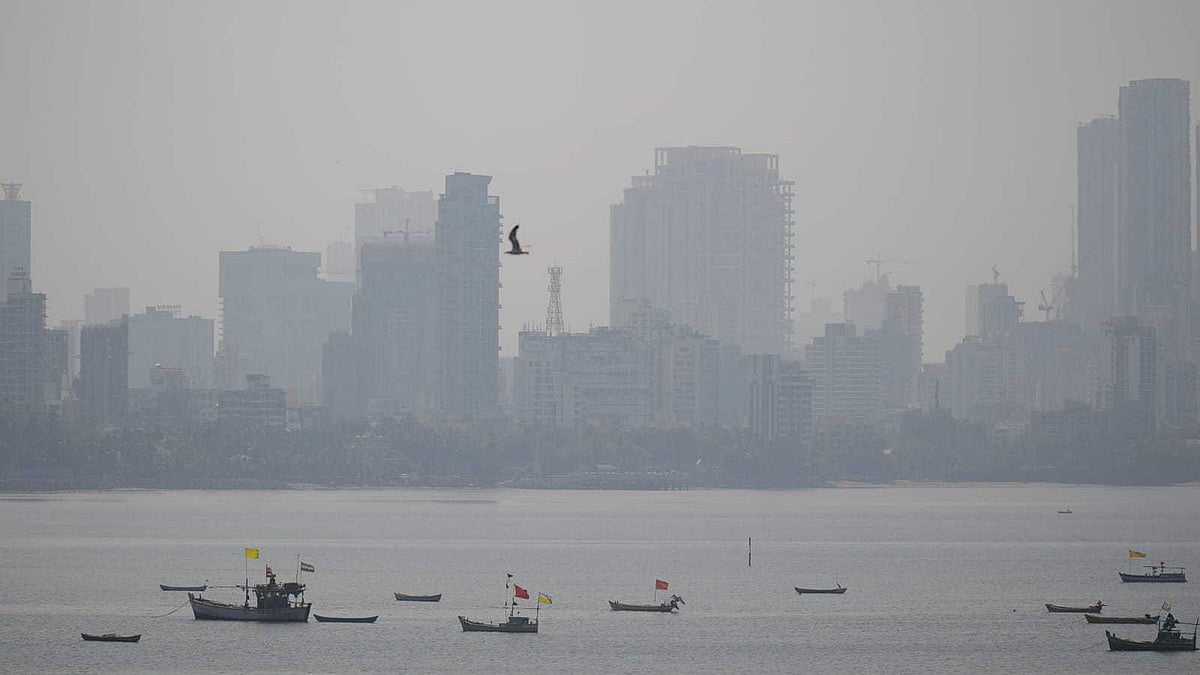
Introduction
The temperature in New Jersey plays a vital role in both the state’s climate and its residents’ daily lives. As the state experiences notable temperature fluctuations throughout the seasons, understanding these changes is crucial for agriculture, tourism, and even local infrastructure planning. With climate change increasingly impacting weather patterns, recent data is crucial for comprehending how New Jersey’s temperature is evolving.
Current Temperature Trends
As of October 2023, New Jersey has been experiencing uncharacteristically warm temperatures for this time of year, with averages ranging from 65°F (18°C) during the day to around 50°F (10°C) at night. According to the National Weather Service, temperatures in September were nearly 3°F warmer than the average over the last decade, marking this summer season as particularly notable.
In recent years, data from the New Jersey Department of Environmental Protection indicate that average annual temperatures have risen by approximately 1.5°F (0.8°C) over the past 50 years. This warming trend correlates with a decrease in the number of extremely cold days and a rise in excessive heat days, particularly in urban areas. In addition to the rising average temperatures, rainfall patterns have also shifted, with increased likelihood of intense storms and flooding during winter and spring months.
Impact on Local Communities
The rise in temperatures can have significant implications for New Jersey’s communities. Farmers are grappling with the challenges of crop viability as unseasonably warm temperatures can lead to early blooming and increased pests. Sectors such as tourism, which thrive during the cooler autumn months, may face uncertainty as warm spells attract visitors to outdoor activities longer than usual.
Additionally, public health is a pressing concern, with experts warning of heat-related illnesses as the number of heatwave days rises. The state’s emergency services are adjusting their strategies to combat the effects of extreme heat, with resources being allocated towards awareness campaigns and cooling centre provisions.
Conclusion
As New Jersey continues to navigate its evolving weather patterns, understanding temperature changes becomes increasingly vital. The importance of these changes goes beyond comfort and aesthetics; they resonate deeply with public health, economic stability, and environmental practices. Forecasting models predict that if current trends continue, the state could witness even more dramatic changes in temperature in coming decades. Therefore, it is essential for residents and policymakers alike to prepare for and adapt to these shifts to safeguard the health and welfare of New Jersey’s communities.
You may also like
Current Weather in Manchester: What You Need to Know

Understanding the Importance of AccuWeather in Daily Life
